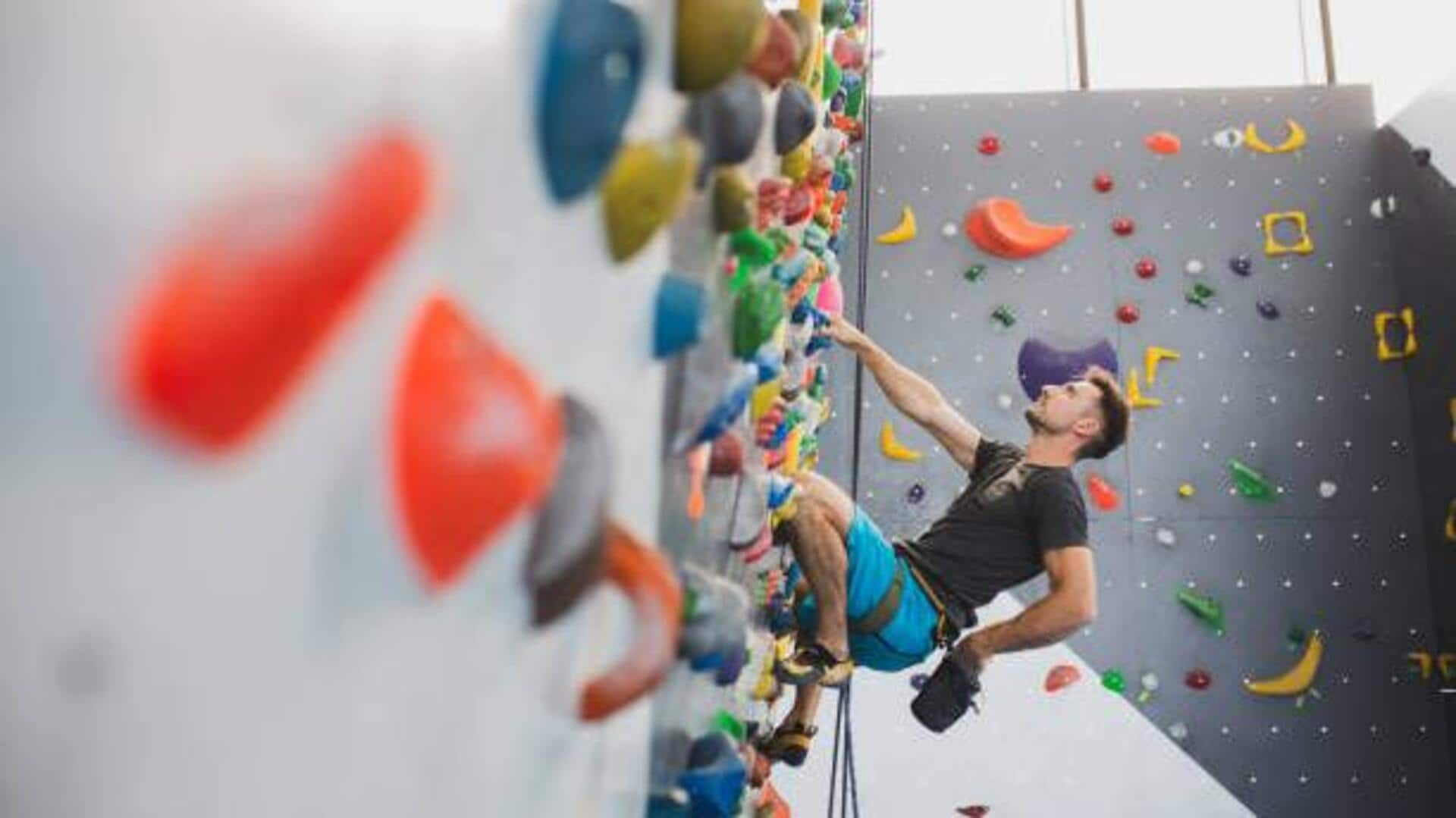
New to bouldering? Let's get you started
What's the story
Bouldering is the secret handshake to nature's coolest clubs. This ropeless, harness-free climbing craze is all about seeking out cliffside hangouts with panoramic views. And unlike rock climbing's intense vertical marathons, bouldering keeps things chill with shorter climbs over crash pads for safety. It's the perfect blend of physical challenge and discovery. Here's your guide to scouting the hottest (or coolest) bouldering spots.
Location tips
Finding hidden cliffside spots
To discover secret cliffside bouldering spots, check out local climbing forums and online communities. These platforms frequently post about hidden gems with both exciting climbs and breathtaking scenery. National parks are another great option for finding quiet, undiscovered areas ideal for bouldering. Just make sure you have permission to climb in these spots, as some might be protected or on private land.
Scenic rewards
Enjoying panoramic views
One of the biggest draws of bouldering is the chance to soak in stunning panoramic views at the summit of a climb. Many boulderers relish the opportunity to discover spots that offer vistas overlooking valleys, forests, and coastlines. The exertion invested in each ascent is frequently compensated with a glimpse of nature's splendor reserved for the adventurous few.
Safety first
Safety considerations in bouldering
When bouldering, always prioritize safety. Use crash pads to absorb the impact of falls, and climb with a partner who can spot you during tricky moves. Learn and practice basic climbing techniques before moving on to advanced routes. Wear shoes specifically designed for climbing to improve your grip on rocky surfaces.
Gear checklist
Essential gear for bouldering adventures
To ensure a successful bouldering adventure, it is crucial to pack essential gear, including climbing shoes, chalk bags, and crash pads. Climbing shoes are designed to offer maximum grip on rocky surfaces, while chalk bags are filled with chalk to be applied on your hands to absorb moisture and provide a secure hold during climbs. Crash pads are essential for cushioning potential falls from the low heights typical in bouldering activities.